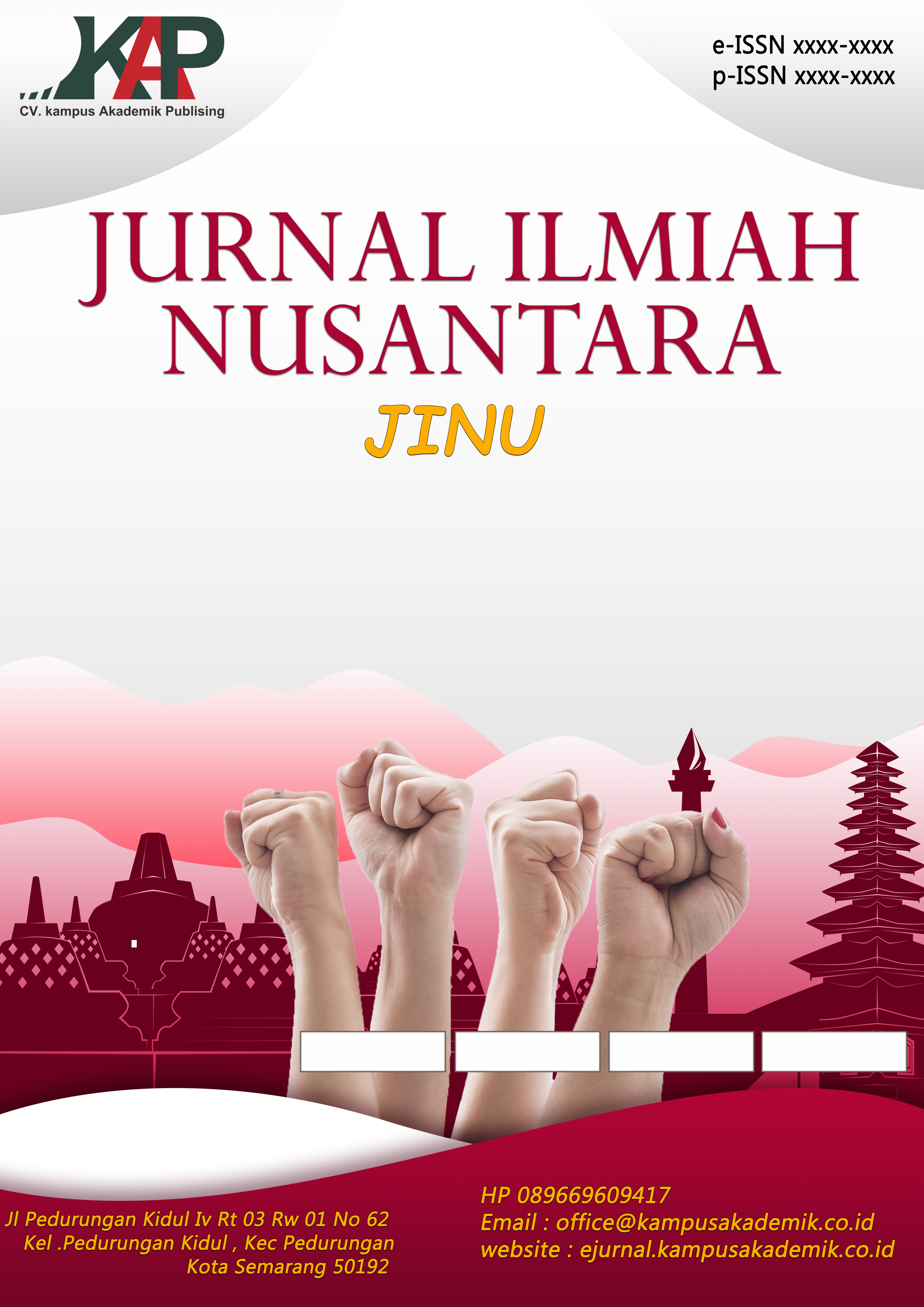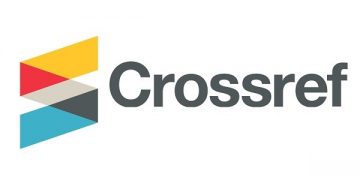Metode Induksi Dalam Penalaran Sederhana Untuk Meningkatkan Pembelajaran PAI Yang Kritis Bagi Generasi Millenial Abad 21
DOI:
https://doi.org/10.61722/jinu.v2i1.3186Keywords:
induction method, simple reasoning, PAI learning, critical thinking, millennial generation, 21st centuryAbstract
This research aims to examine the application of the induction method in simple reasoning as an effort to improve critical Islamic Religious Education (PAI) learning for the 21st century millennial generation. This induction method is very useful for educators in carrying out the learning process in the classroom, because as we already know, this induction method is a method that focuses on crisis thinking patterns from specific cases to general conclusions and is considered quite relevant for building critical and analytical thinking skills in students. The use of the induction method in PAI learning is able to encourage students to be more active in analyzing religious issues, connecting concepts with real life realities, and building logical and value-based arguments. Apart from that, this method also strengthens the relevance of PAI learning to the challenges and needs of the millennial generation, such as critical thinking, collaboration and the use of technology. Thus, the induction method can be a strategic alternative in developing PAI learning that is more contextual and in line with the demands of the 21st century
References
Kisiel, JF. (2003). Teachers, Museums and Worksheets a Closer Look at a Learning Experience. Journal of Science Teacher Education, 14(1): 3-21.
Setyawan, Cahya Edi, ‘Pembelajaran Qawaid Bahasa Arab Menggunakan Metode Induktif Berbasis Istilah-Istilah Linguistik’, Al-Manar, 4.2 (2015), 81–95 <https://doi.org/10.36668/jal.v4i2.54>
Rochmad, 2007. "Proses Berfikir Induktif dan Deduktif dalam Mempelajari Matematika" hal. 110-114.
Rahmawati, Fitriana. 2011. "Pengaruh pembelajaran Geometri dengan Pendekatan Induktif. Edumatica. Vol. 01. Universitas No. 02, hal. 74-75.
Winarso, Widodo, ‘Membangun Kemampuan Berfikir Matematika Tingkat Tinggi Melalui Pendekatan Induktif, Deduktif Dan Induktif-Deduktif Dalam Pembelajaran Matematika’, Eduma : Mathematics Education Learning and Teaching, 3.2 (2014) <https://doi.org/10.24235/eduma.v3i2.58>
Joyce, B. and Weil, M. dan Calhoun, E. (2000). Models of Teaching. [Eighth Edition]. Sydney: Pearson.
Taba. (2009). Meningkatkan Kemampuan Berpikir kritis Siswa Melalui Pembelajaran Metakognitif Berorientasi Teori Van Hiele. Tesis pada PPS UPI Bandung: tidak diterbitkan.
Major, F.T. 2006. The Squencing of Content Inductive and Deductive Approach. Inductive-Deductive Approach. [Online]. Tersedia: http://educ2.hku.hk/.html [24 september 2009]
Purwanto, 2002. Penalaran Induktif dan Deduktif. [Online]. Tersedia: http://ssantoso.blogspot.com/2008/08/penalaran-induktif-dan-deduktif- materi.html [24 september 2009]
Erli Dwi Mulatsih DKK,”PENGARUH GLOBALISASI DALAM PROSTITUSI DI INDONESIA DITINJAU DARI PERSPEKTIF SOSIOLOGI HUKUM”, Jurnal Lex Suprema Volume III Nomor 1 Maret 2021 ,HAL.3.
Mohammad Maiwan, “MEMAHAMI POLITIK GLOBALISASI DAN PENGARUHNYA DALAM TATA DUNIA BARU: ANTARA PELUANG DAN TANTANGAN”, Jurnal Pamator Volume 7, No. 1, April 2014, HAL.2
Ely Fitriani dan Anisa Hidayatus Syarifah, “Konsep Pendidikan Islam di Era Abad 21: Tantangan dan Strateginya” Tasamuh: Jurnal Studi Islam Volume 15, Nomor 1, April 2023, HAL.4-7.
Dr. HARDIKA M.Pd dkk, ”TRANSFORMASI BELAJAR GENERASI MILENIAL”, Cetakan I 2018, HAL.1-2.
Sukari dan Haerullah, “TANTANGAN PENDIDIKAN AGAMA ISLAM DALAM MEMBANGUN KARAKTER GENERASI MILENIAL”, Jurnal Tsaqofah, Volume 4, Nomor 6, November 2024, HAL.8-9.
Yusup Rohmadi dan Waryunah Irawati, “Dasar Dasar Logika”, EFUDEPRESS Cetakan I, Oktober 2020, Hal 45-46
Downloads
Published
Issue
Section
License
Copyright (c) 2024 JURNAL ILMIAH NUSANTARA

This work is licensed under a Creative Commons Attribution-ShareAlike 4.0 International License.













